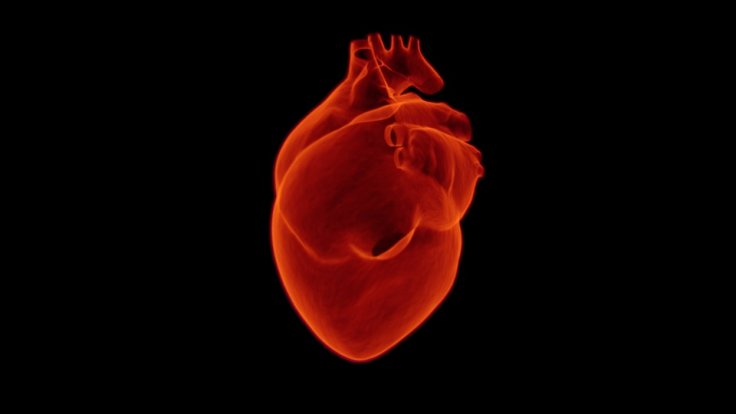A few hours exposure to particles in air pollution might potentially trigger a non-fatal heart attack, researchers gound out. Among the major types of cardiovascular diseases, myocardial infarction is a major one worldwide. Ultrafine particles (UFP) are basically 100 nanometres or smaller in size, they are found in the urban areas mostly generated by automobile emissions.
To conduct the study that was published in the journal Environmental Health Perspectives, the scientists researched about the effects of UFP exposure and also heart attacks making use of the number of particles the length of the particles and also the surface concentrations at hourly intervals of exposure.
UFP constitute a health risk

"This study confirms something that has long been suspected--air pollution's tiny particles can play a role in serious heart disease. This is particularly true within the first few hours of exposure," said the study's first author Kai Chen, Assistant Professor at Yale University in the US.
UFP constitute a health risk due to their small size, large surface areas per unit of mass, and their ability to penetrate the cells and get into the blood system, the study said. The researchers were interested in whether transient UFP exposure could trigger heart attacks and whether alternative metrics such as particle length and surface area concentrations could improve the investigation of UFP-related health effects.
Research team examined data from a registry of all non-fatal MI cases
The research team examined data from a registry of all non-fatal MI cases in Augsburg, Germany. The study looked at more than 5,898 non-fatal heart attack patients between 2005 and 2015. The individual heart attacks were compared against air pollution UFP data on the hour of the heart attack and adjusted for a range of additional factors, such as the day of the week, long-term time trend and socio-economic status.
"This represents an important step toward understanding the appropriate indicator of ultrafine particles exposure in determining the short-term health effects, as the effects of particle length and surface concentrations were stronger than the ones of particle number concentration and remained similar after adjustment for other air pollutants," said Chen.
"Our future analyses will examine the combined hourly exposures to both air pollution and extreme temperature. We will also identify vulnerable subpopulations regarding pre-existing diseases and medication intake," Chen added.









